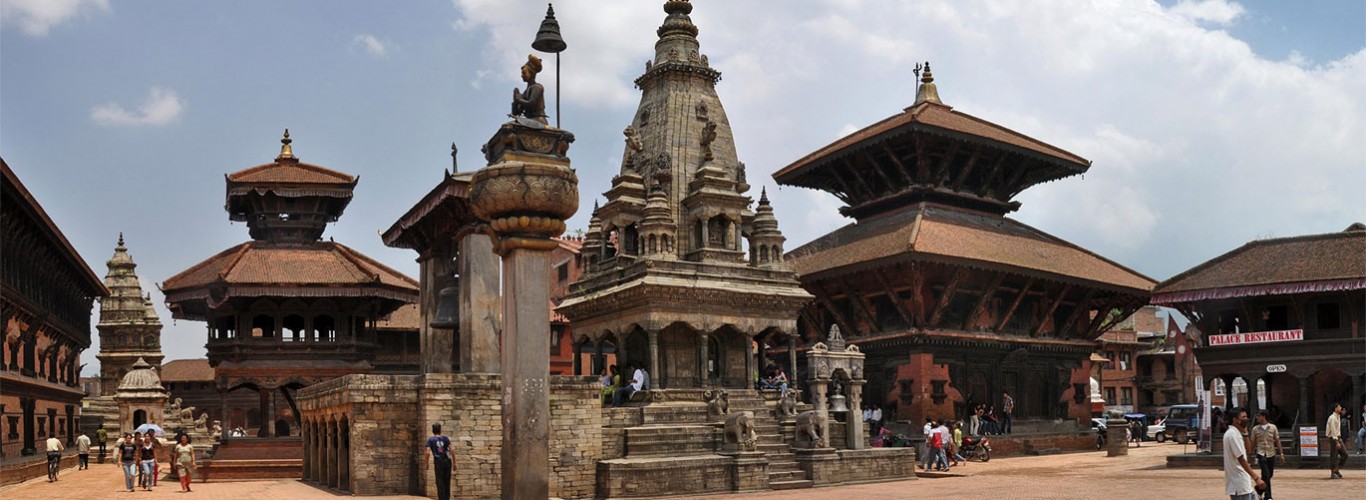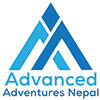Nepal Travel Guide

Nepal is a land of wonder, where every day feels like a new, exciting chapter. Whether you’re exploring ancient paths, trying tasty new foods, or just watching the sun paint the mountains with gold, you’ll feel like you’ve discovered a secret, happy place. It’s a place that stays in your heart long after you leave. And the best part? Whether you're a kid, a grown-up, or a grandparent, Nepal has something amazing for everyone. You can trek stunning trails, learn about ancient cultures, or simply relax and soak in the peaceful beauty. It’s a place where everyone finds their joy, making it a trip you’ll never forget.
• Trekking in the Himalayas: Nepal is a trekker's paradise, home to eight of the world's 10 highest mountains, including Mount Everest. Whether you're a seasoned mountaineer or a beginner, there are trails for all levels, offering breathtaking views and unforgettable experiences.
• Adventure Sports: From white-water rafting and canyoning to paragliding and bungee jumping, Nepal offers a wide range of adrenaline-pumping activities.
• Climbing: Challenge yourself by climbing some of the world's most iconic peaks.
• Diverse Landscapes: Nepal's geography ranges from the high Himalayas to lush hills and flat plains, creating a variety of ecosystems and stunning scenery.
• Wildlife: Explore national parks like Chitwan and Sagarmatha, home to endangered species like the Bengal tiger, one-horned rhino, and snow leopard, as well as a rich variety of birds.
• Flora and Fauna: Discover a wide array of plant and animal life, including rhododendron forests and diverse bird species.
• Rich Cultural Heritage: Nepal is a melting pot of cultures, with over 101 ethnic groups, each with its own traditions, languages, and festivals.
• Ancient Temples and Monasteries: Explore UNESCO World Heritage Sites like Pashupatinath, Swayambhunath, and Boudhanath, and immerse yourself in the spiritual atmosphere.
• Living Culture: Experience vibrant festivals, traditional music and dance, and unique art and architecture.
• Birthplace of Buddha: Visit Lumbini, the birthplace of Lord Buddha, a significant pilgrimage site for Buddhists.
• Spiritual Atmosphere: Nepal's serene landscapes and numerous temples and monasteries create a peaceful and spiritual atmosphere.
• Meditation and Yoga: Many centers offer retreats and courses in meditation and yoga, allowing you to deepen your practice.
• Friendly People: Nepalese people are known for their warm hospitality and welcoming nature.
• Delicious Cuisine: Enjoy unique Nepali dishes like dal bhat, momos, and thukpa.
• Affordable Travel: Nepal is a budget-friendly destination, offering value for your money.
• Unique Experiences: From homestays to cultural immersion programs, Nepal offers unique travel experiences that you won't find anywhere else.
Whether you're seeking adventure, cultural immersion, spiritual enlightenment, or simply a break from the ordinary, Nepal has something to offer you. It's a destination that will leave you with lasting memories and a deeper appreciation for the world's diverse beauty.
Geography and Climate:
Nepal's geography ranges from the high Himalayas in the north to the Terai plains in the south. This variation creates diverse climates, from arctic conditions in the mountains to tropical in the Terai. Kathmandu Valley has a moderate climate. The monsoon season (June-September) brings significant rainfall.
Nature:
Nepal has a rich biodiversity, with 10 national parks, three wildlife reserves, six conservation areas, and one hunting reserve. Chitwan National Park and Sagarmatha National Park are UNESCO Natural World Heritage Sites. Nepal is home to a wide variety of flora and fauna.
People:
Nepal has a diverse population with over 101 ethnic groups and 92 languages spoken. The population can be broadly categorized into:
• Northern Himalayan People: Tibetan-speaking groups like Sherpas, Dolpa-pas, Lopas, Baragaonlis, and Manangis.
• Middle Hills and Valley People: Magars, Gurungs, Tamangs, Sunuwars, Newars, Thakalis, Chepangs, Brahmins, Chhetris, and Thakuris, along with occupational castes.
• Terai People: Tharus, Darai, Kumhal, Majhi, and others, speaking North Indian dialects.
Kathmandu Valley is a cultural melting pot, with the Newars as its original inhabitants.
Culture:
Nepali culture is a blend of Indo-Aryan and Tibetan-Mongolian influences. Religion plays a significant role in daily life, and numerous festivals are celebrated throughout the year.
• Religion: Nepal is a secular state. Hinduism and Buddhism are the most widely practiced religions, along with Islam, Christianity, Jainism, Sikhism, Bon, and other faiths. Religious tolerance is generally observed.
• Customs: Customs vary among ethnic groups. Traditional marriage practices are changing, particularly in urban areas. Beef is not commonly eaten, and the concept of "jutho" (purity/impurity) is important in social interactions. Nepal is a patriarchal society, although roles are evolving in cities. The caste system still influences some aspects of life.
Time:
Nepal is 5 hours and 45 minutes ahead of GMT.
